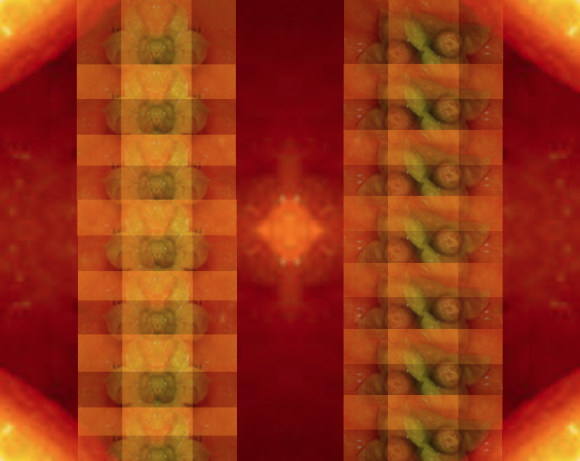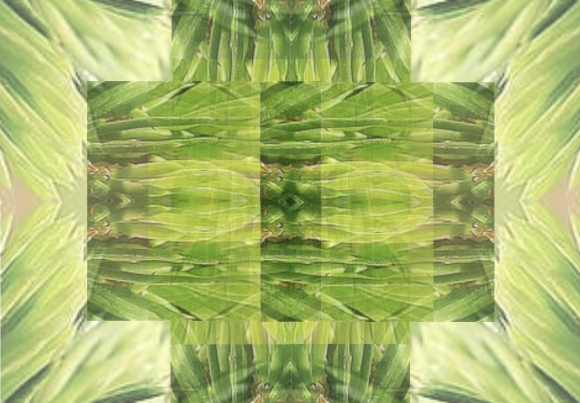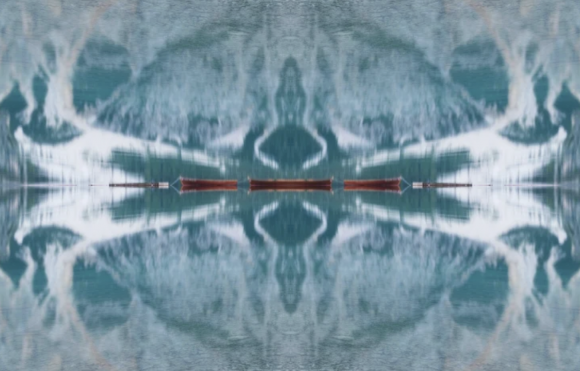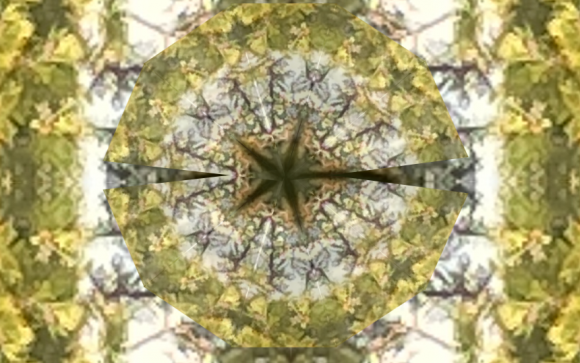In the definitions he presents in Psychological Types, Jung distinguishes between ideas and images, or more specifically: archaic (urtümliche) images. The latter is prior in the order of explanation; the former is understood as “the meaning of an archaic image which was deducted, abstracted from the concretism of that image [der Sinn eines urtümlichen Bildes welcher von dem Konkretismus des Bildes abgezogen, abstrahiert wurde]” (GW VI, § 731). An idea formulates what was already symbolically represented in the archaic image (§ 732).
(We should recall here that a symbol, for Jung, has a special meaning: it is not just a substitute for something that is already understood — that would be a mere sign — but it expresses, in the best possible way, something that is as yet unknown; cf. § 819. It follows that for some meanings which are expressed symbolically, there may be no ideas (yet) at all; whereas for others, there may be many different ideas, all expressing the same content in different formulations.)
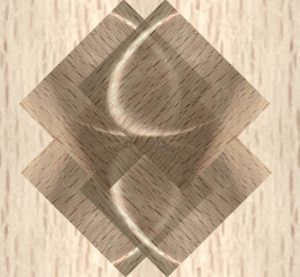
Now because of that understanding of ideas as formulations of the content of a prior symbolic expression, they fall under those elements of the collective psyche which can change and transform over time, under the influence of events and developments in the external world. (Both ideas and archaic images, according to Jung, belong to the collective psyche; cf. § 731.) In other words, archaic images remain more or less unchanged over aeons, and so does the content of ideas — but the ideas themselves, qua formulations of such contents, shift and change with the times.
Since the archaic image reappears always and everywhere autochthonously as a psychological factor, the same could be said in a certain sense of the idea. However, because of its rational nature the latter is far more subjected to changes from rational processing, which is strongly influenced by time and circumstances, which give formulations to the idea that correspond to the respective Zeitgeist.
Indem das urtümliche Bild eine stets und überall autochthon wiedererstehende psychologische Größe ist, kann in einem gewissen Sinne dasselbe auch von der Idee gesagt werden, jedoch unterliegt sie, ihrer rationalen Natur wegen, weit mehr der Veränderung durch die durch Zeit und Umstände stark beeinflußte rationale Bearbeitung, die ihr Formulierungen gibt, welche dem jeweiligen Zeitgeist entsprechen.
GW VI, § 755.
Among the elements of the collective psyche, then, are some (archaic images) which are timeless, and some which aren’t (namely, ideas). Of course there are things which change even more rapidly than ideas, which can after all endure and remain influential for decades, even centuries. But the interesting thesis here is that there are underlying psychological factors (namely, the archaic images) which are even more persistent and have been with human beings throughout their entire existence.
It’s not ideas which exhibit the quality of timelessness,
[…] but the archaic image, to which the quality of timelessness adheres insofar everywhere and from the very beginning it is given with the human mind as integrating component.
[…] sondern dem urtümlichen Bilde, dem die Qualität der Zeitlosigkeit anhaftet, indem es von jeher und überall als integrierender Bestandteil dem menschlichen Geiste mitgegeben ist.
GW VI, § 755.
It’s important to point out that this is to some degree by definition (and thus we can’t really learn much from it). For Jung specifies that an image is archaic (urtümlich) if it exhibits “a notable conformity with known mythological motives” (§ 691), and thus “is at least common to entire peoples and times. The principal mythological motives are probably common to all races and times” (§ 692). In other words, something would count as an archaic image only if we find it all over history and across various populations — and thus “timelessness” is assumed rather than discovered here.
